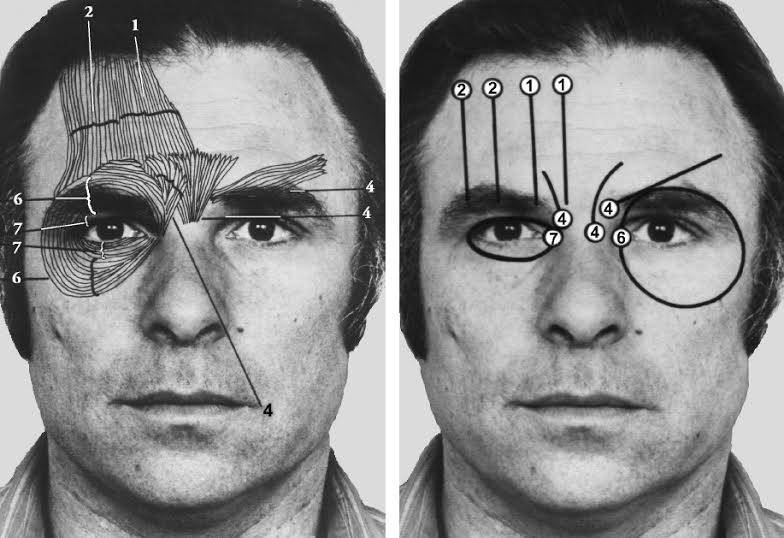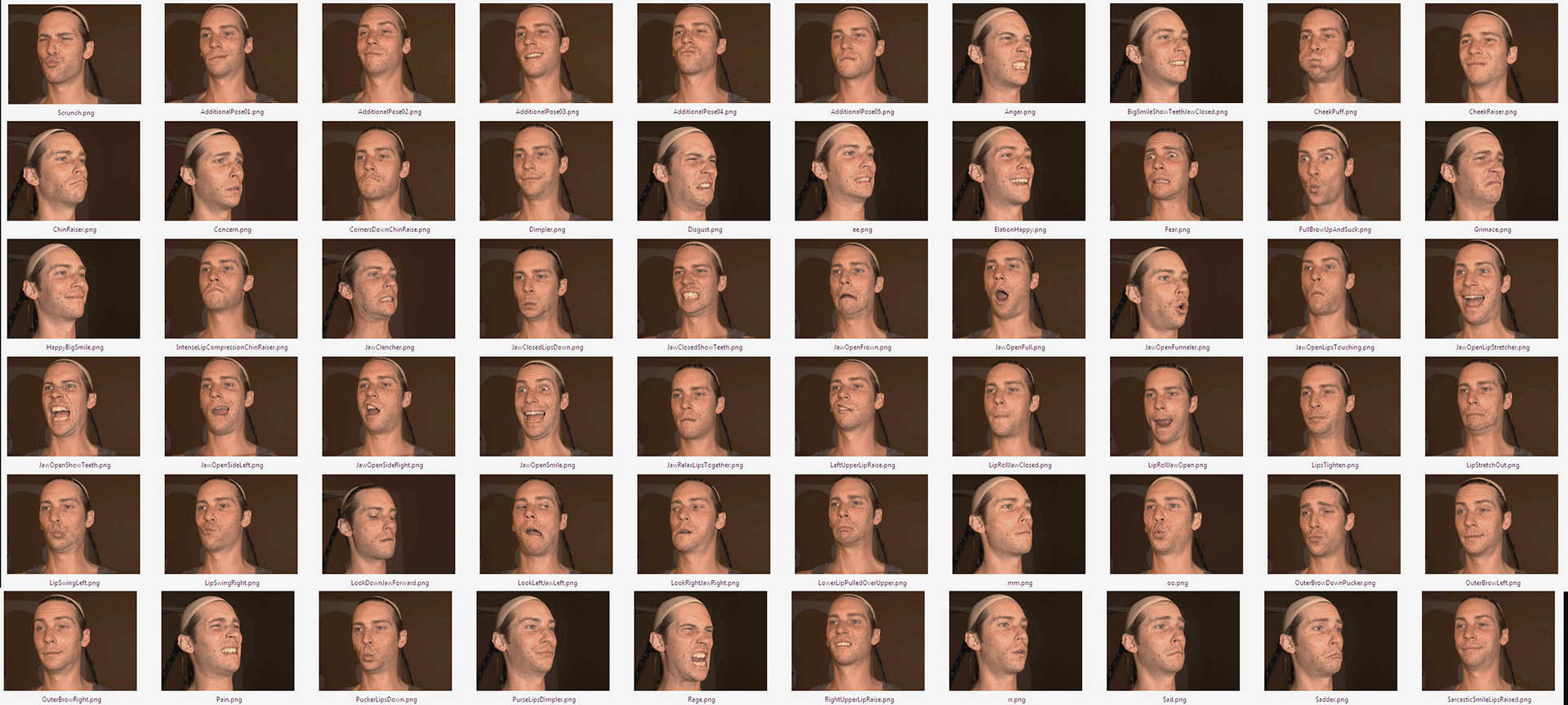
Paul Ekman Facial Action Coding System Pdf
Contents • • • • • • • • • • • • • Uses [ ] Using FACS, human coders can manually code nearly any anatomically possible facial expression, deconstructing it into the specific action units (AU) and their temporal segments that produced the expression. As AUs are independent of any interpretation, they can be used for any higher order decision making process including, or pre-programmed commands for an ambient intelligent environment. The FACS Manual is over 500 pages in length and provides the AUs, as well as Ekman's interpretation of their meaning.
Feb 23, 2017 Facial Action Coding System (FACS) is a system originally developed by Paul Ekman and Wallace Friesen in 1976, to taxonomize every conceivable human facial expression. Search result for 'que dice ese gesto paul ekman'.
FACS defines AUs, which are a contraction or relaxation of one or more muscles. It also defines a number of Action Descriptors, which differ from AUs in that the authors of FACS have not specified the muscular basis for the action and have not distinguished specific behaviors as precisely as they have for the AUs. For example, FACS can be used to distinguish two types of as follows: • Insincere and voluntary: contraction of alone • Sincere and involuntary: contraction of zygomatic major and inferior part of. Although the labeling of expressions currently requires trained experts, researchers have had some success in using computers to automatically identify FACS codes, and thus quickly identify emotions. Computer graphical face models, such as or, allow expressions to be artificially posed by setting the desired action units. The use of FACS has been proposed for use in the analysis of, and the measurement of pain in patients unable to express themselves verbally.

FACS is designed to be self-instructional. People can learn the technique from a number of sources including manuals and workshops, and obtain certification through testing. The original FACS has been modified to analyze facial movements in several non-human primates, namely, rhesus macaques, gibbons and siamangs, and orangutans. More recently, it was adapted for a domestic species, the dog. Thus, FACS can be used to compare facial repertoires across species due to its anatomical basis. Driving recorder player software.
A study conducted by Vick and others (2006) suggests that FACS can be modified by taking differences in underlying morphology into account. Such considerations enable a comparison of the homologous facial movements present in humans and chimpanzees, to show that the facial expressions of both species result from extremely notable appearance changes. The development of FACS tools for different species allows the objective and anatomical study of facial expressions in communicative and emotional contexts. Furthermore, a cross-species analysis of facial expressions can help to answer interesting questions, such as which emotions are uniquely human.
EMFACS (Emotional Facial Action Coding System) and FACSAID (Facial Action Coding System Affect Interpretation Dictionary) consider only emotion-related facial actions. Examples of these are: Emotion Action units Happiness 6+12 Sadness 1+4+15 Surprise 1+2+5B+26 Fear 1+2+4+5+7+20+26 Anger 4+5+7+23 Disgust 9+15+16 Contempt R12A+R14A Codes for action units [ ]. See also: For clarification, FACS is an index of facial expressions, but does not actually provide any bio-mechanical information about the degree of muscle activation.